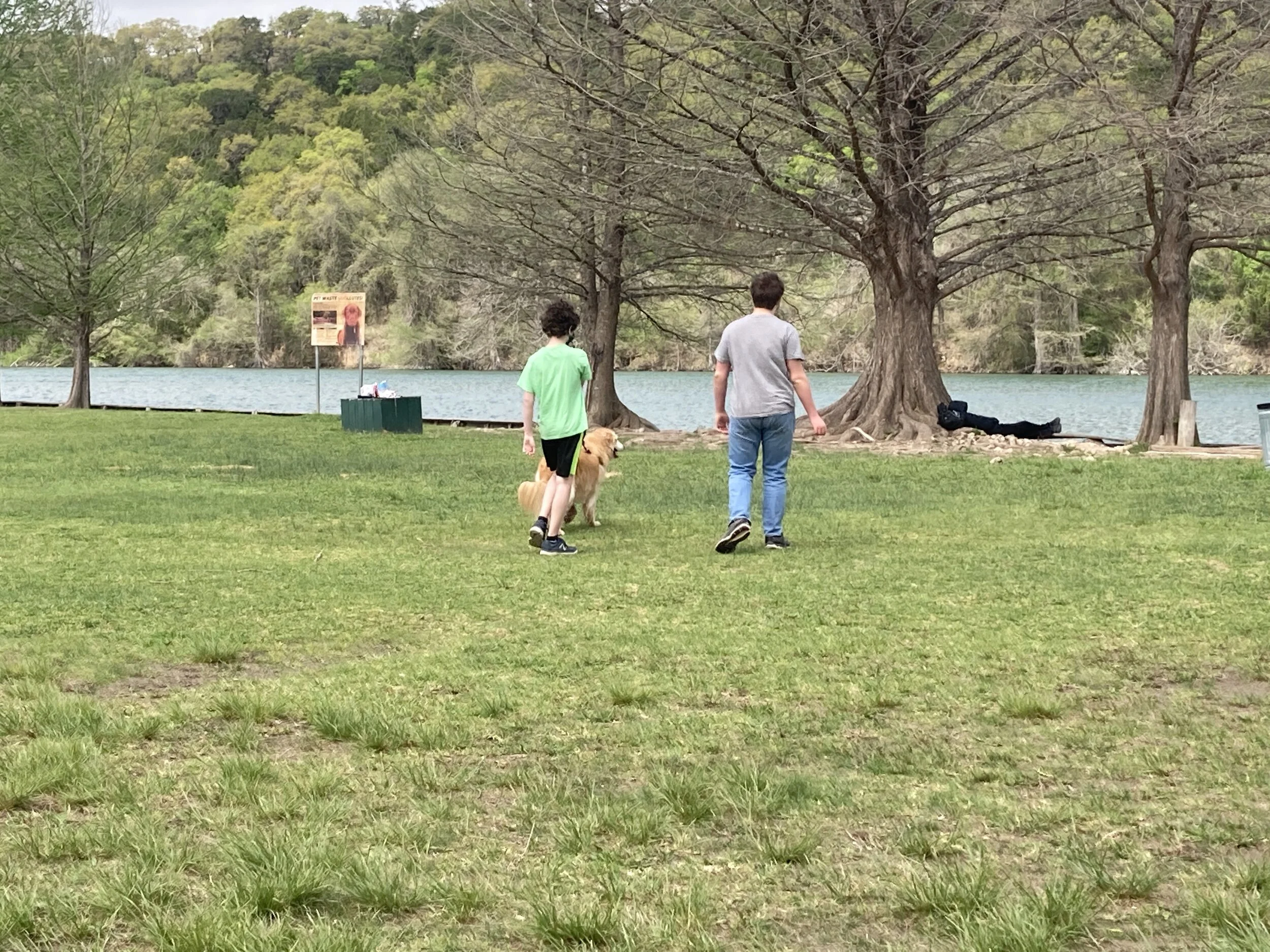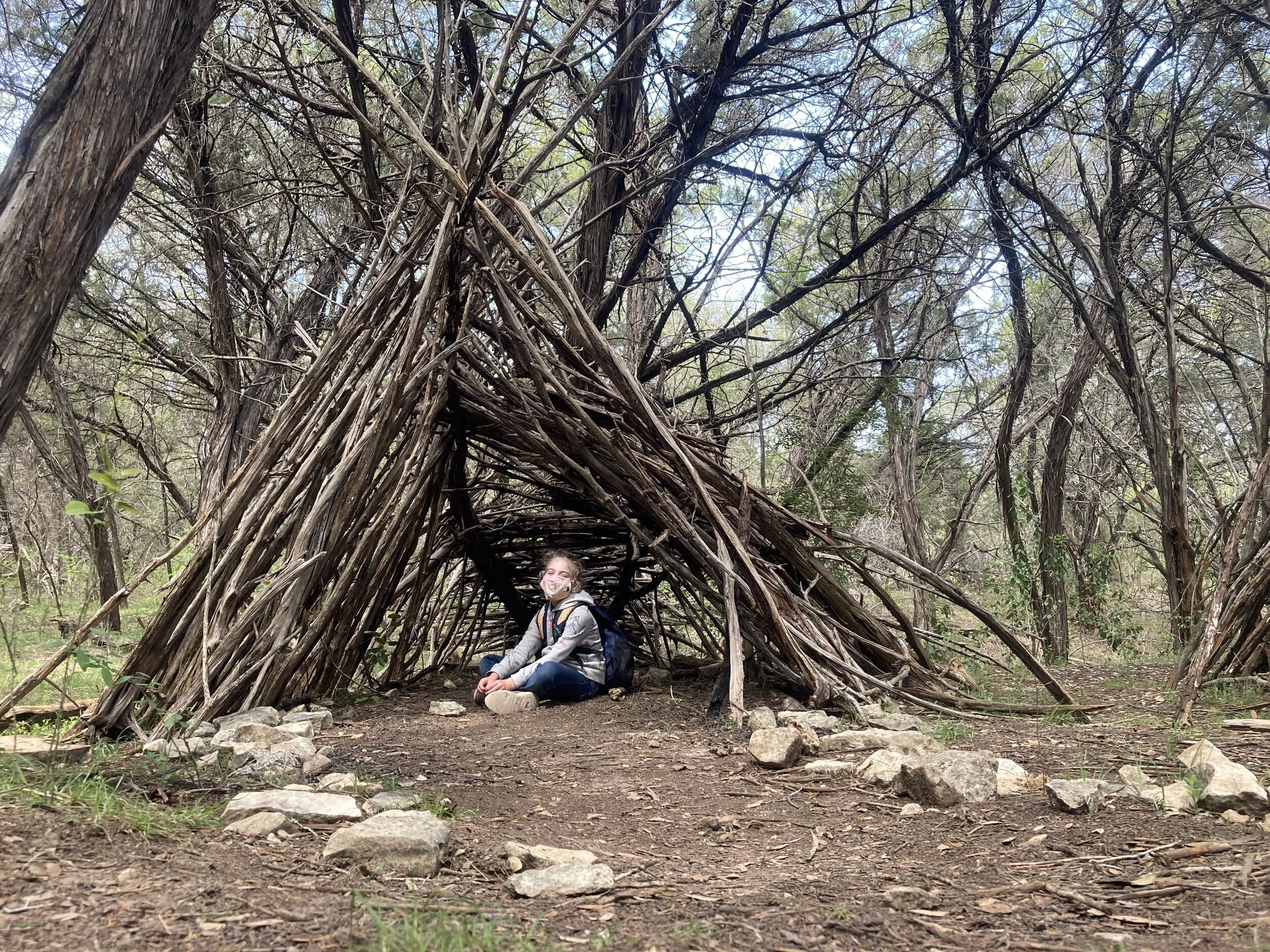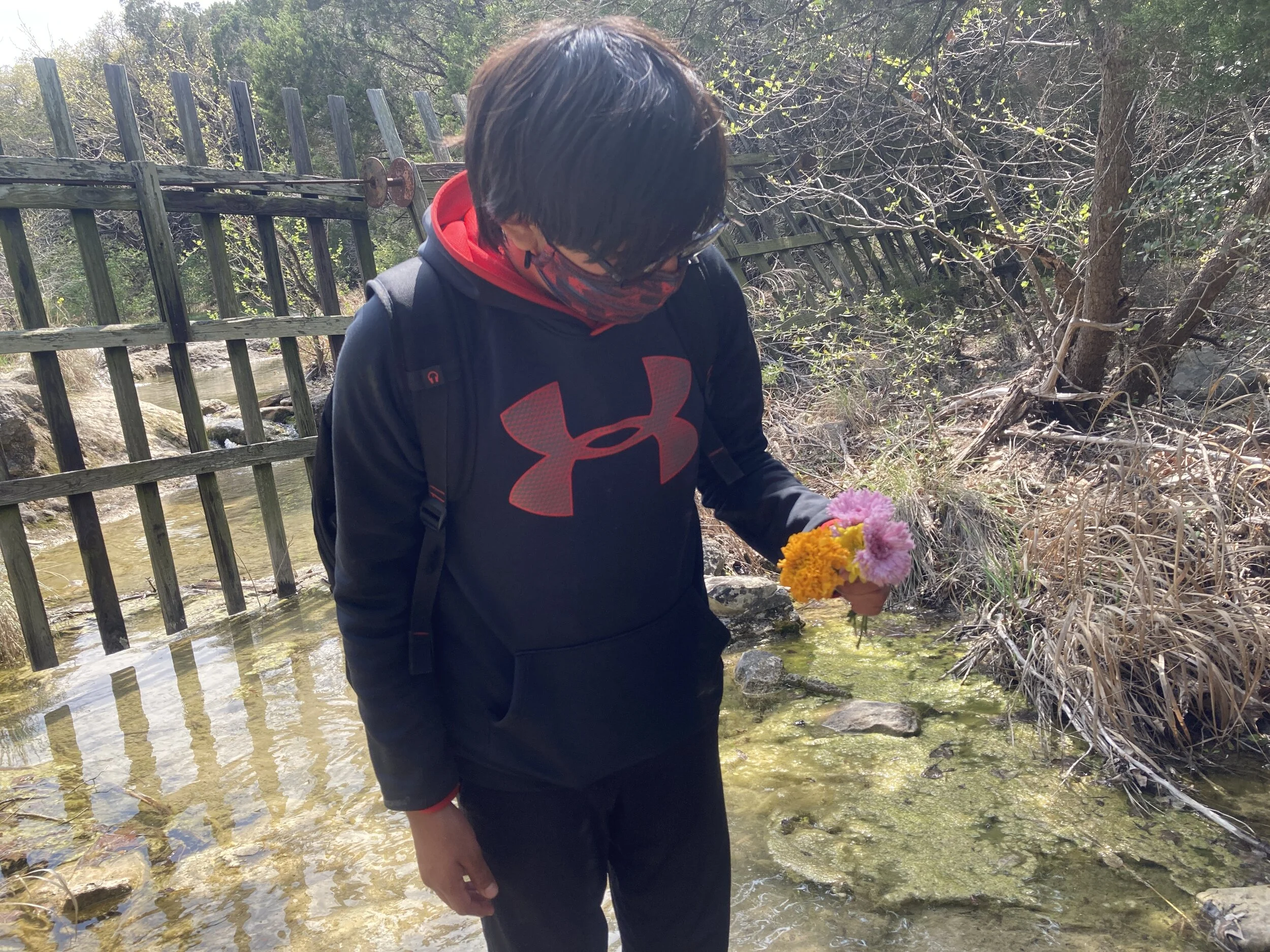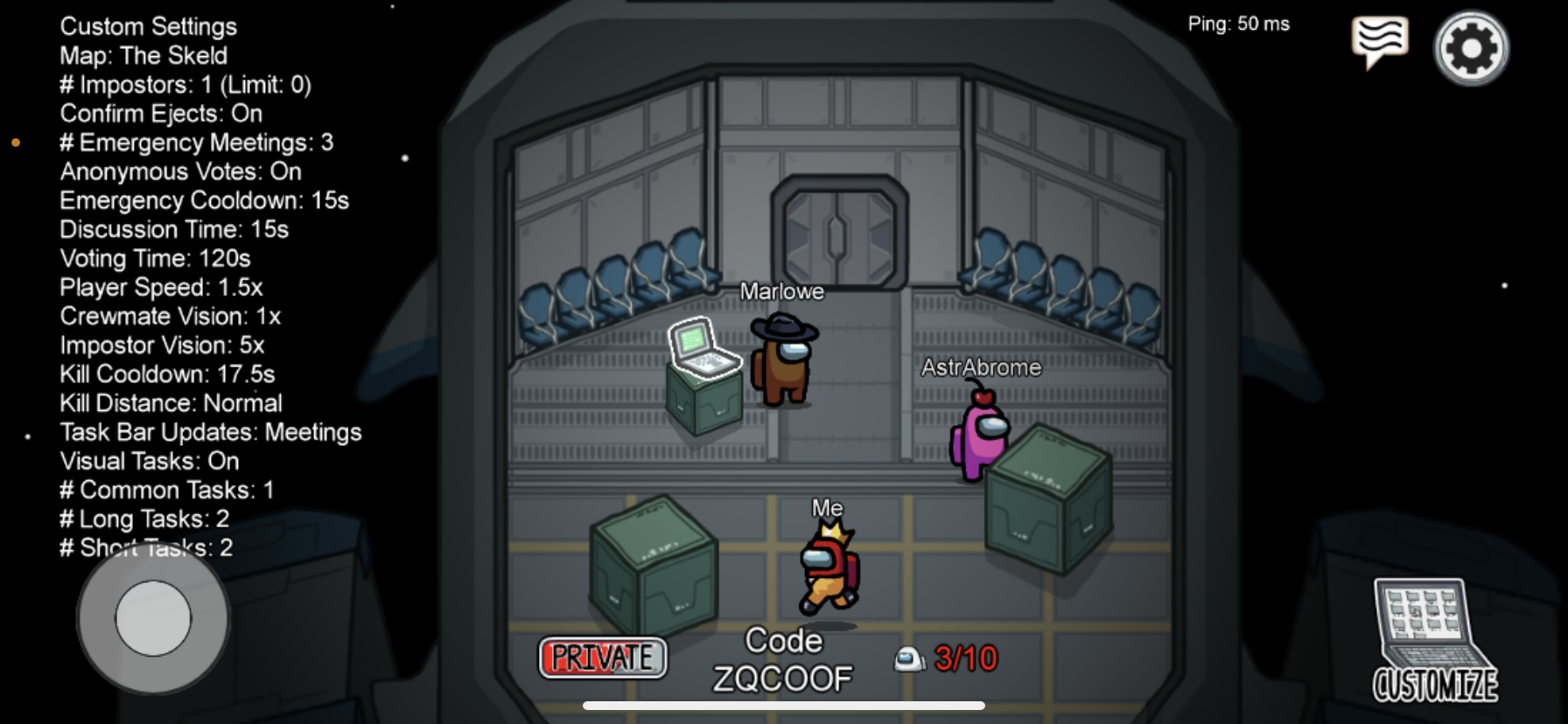Rejecting normal
Society is burnt out and eager to regain a sense of normalcy after two years of the pandemic. At least that is the message we are fed each day by the media, government agencies, politicians, and opportunists. And their proposed solution is to move on from the pandemic and “return to normal,” operating as if it were 2019 again.
There are many problems with the proposed solution that we are being offered. First and foremost is that the pandemic is not over, and we cannot simply make it go away by acting as if it is no longer an existential threat to many millions of people who are at risk, unvaccinated, or members of vulnerable populations. Secondly, the crushing exhaustion many people feel is not solely a response to Covid-19 safety protocols, but to much more concerning factors such as: mass disability and death, and being told that disability and death should be deemed acceptable while protocols to prevent such harm should be seen as a burden; a heightened state of white nationalism coupled with state violence directed at historically marginalized and oppressed groups (e.g., BIPOC, trans youth, houseless); economic uncertainty; political instability; and a loss of a sense of connection and community in a fractured culture. Third, and particularly relevant to Abrome, normal was never good enough.
Abrome is a liberation project. We aim to support young people by honoring the exercise of their autonomy within a context of co-creating a compassionate community with an understanding of our shared responsibilities toward one another. In order to do that, we must reject the notion that it is sensible to focus on what is best for us while turning a blind eye to the ills of society, as well as the ways in which we may be contributing to the harm of others.
Thanks in large part to recently updated CDC guidelines, schools and other institutions are fast tracking their “return to normal.” We are likely the only remaining education community in Central Texas that still goes remote during periods of uncontrolled community spread, and we may also be the only one that has not gone mask optional. We have been put in the position of having to choose between what makes good business sense and what allows us to continue to center the needs of those most impacted by our decisions. We still choose the latter.
Moving forward
This updated version of our pandemic plan was released on March 15, 2022. Since the original version of the AY21-22 pandemic plan was released, those ages 5 and above have gained access to vaccines, and we came back indoors for the first time since March 2020. We have also observed how much of society has been lulled into believing that we should not protect ourselves and one another through readily accessible mitigation and safety practices such as masking, staying home when sick or after having been exposed, and vaccination. Finally, we have watched in disappointment as schools and public health organizations have folded to public pressure to abdicate their responsibility to help protect the most vulnerable members of our communities.
We are still masking whenever we are indoors, as well as when near one another outdoors. We may still go remote during the worst periods of spread, but we may be outdoors depending on local hospital capacity. We still have vaccine qualifiers to go indoors. The most meaningful changes to this updated pandemic plan include new triggers for when we enter into different risk levels; altered protocols for where, when, and how we meet; and adjusted isolation and quarantine protocols. We based the changes on a deeper understanding of the risks of spread in a variety of contexts (e.g., indoor/outdoor, KN95/surgical/cloth masks); renewed humility driven by the diversity of outcomes of recent variants; observing the measures of air quality at the Abrome facility since returning indoors; and improved studies of incubation and infectious periods. All changes were made with a deep concern for how we could best serve the Abromies without leaving others behind. This update also serves as a bridge between the original AY21-22 pandemic plan and the forthcoming AY22-23 pandemic plan. Thank you for continuing on this journey with us.
























